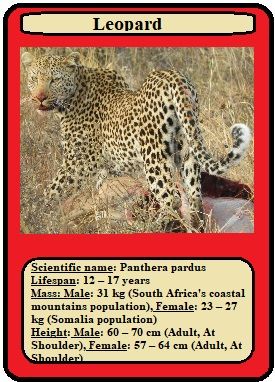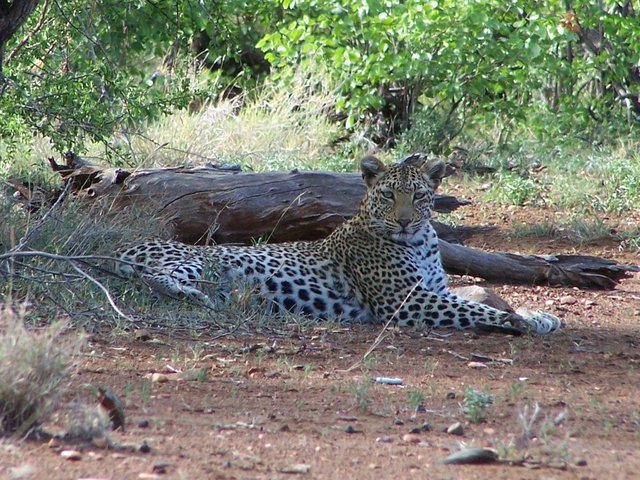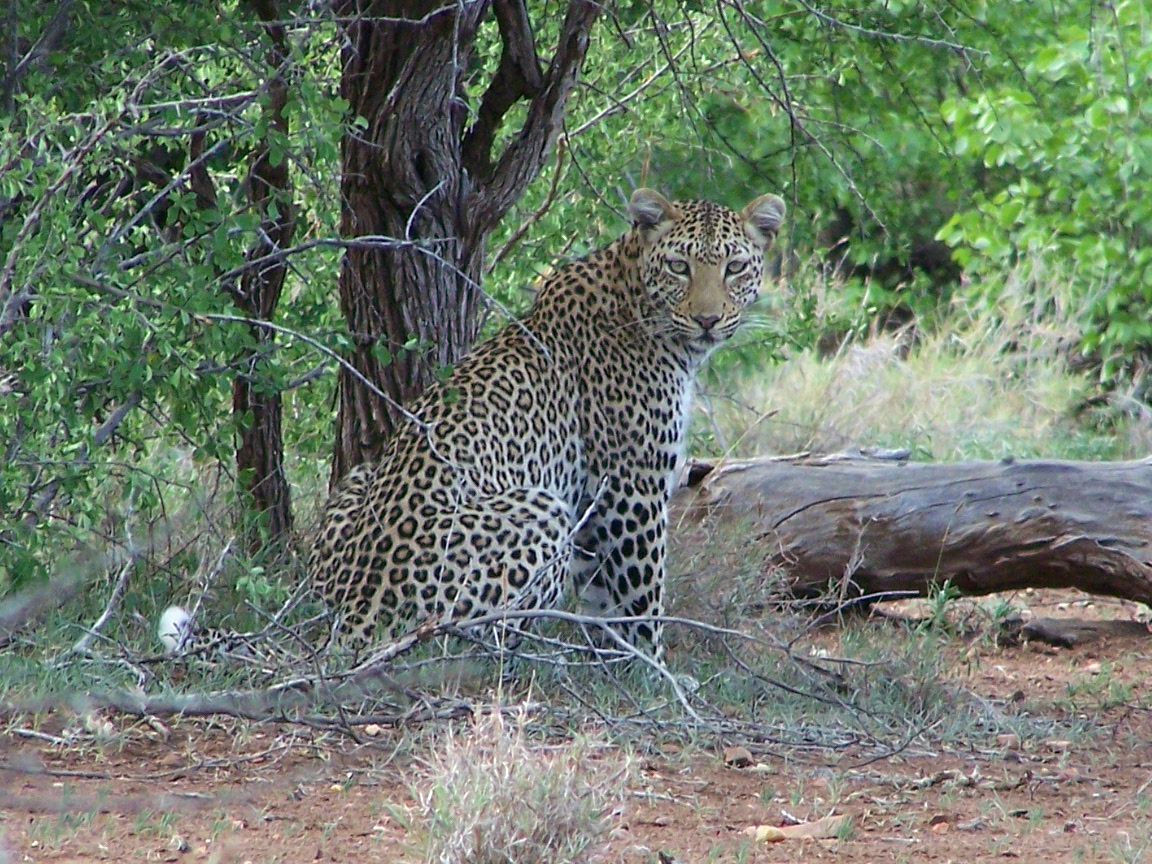Wildlife Education - The Leopard

It is so important to learn about the animals that we share our planet with for various reasons, such as the fact that every single creature on this planet plays a crucial role in our Eco-system, another reason is definitely that animals are freaking awesome, and one of the most important reasons of course is because:
🅲🅾🅽🆂🅴🆁🆅🅰🆃🅸🅾🅽 🆂🆃🅰🆁🆃🆂 🆆🅸🆃🅷 🅴🅳🆄🅲🅰🆃🅸🅾🅽!
What exactly does this mean?
Well it means simply that if we would like to protect the earth and all the creatures that live on it, we need to know more about them as well as possible threats that are posed to them, and only then can we know how we can make a difference.
Today we will be learning more about one of this planets majestic cats ~ The Leopard.

These amazing mammals live mostly in Africa, but you can also find them in India, Malaysia and China: And thanks to the rosettes (rose like markings) on their fur we can easily distinguish where they are from even if we do not see them in their natural habitat.
DO YOU WANT TO KNOW HOW?
Well it is quite easy, the rosette patterns of a Leopard as well as a Leopard’s color go hand in hand with their habitat. For example a leopard that lives in a desert habitat would have a lighter coat, and one that live in a jungle environment will have a darker coat another example is that leopards that live in Southern-Africa have more square shapes rosettes, while the leopards that live in East-Africa have rounder rosettes.
And when it comes to color the leopard sure has another surprise up its sleeve:
Have you ever heard of a black panther?
Did you know that this is also a Leopard?
You see although leopards mostly range from a pale yellow color to a deep gold, with distinctive rosettes; we also get melanistic leopards, that are black and often referred to as black panthers, but if you have a closer look, you can still see their rosette patterns showing.
Leopards love ⓗⓐⓝⓖⓘⓝⓖ ⓞⓤⓣ in trees
That's right, other than being very talented swimmers (unlike the average house cat), leopards like climbing, and simply chilling in trees! Often a well camouflaged leopard will watch their prey from up in the trees until the prey is close enough for the Leopard to launch a surprise attack by pouncing on the prey from up above. and very often a Leopard would even drag its prey up into a tree so that they can keep it safe from other predictors and scavengers in order to have it all to themselves.
But this is not the only skillful way these carnivores (meaning: meat eaters) hunts, they are also skillful when it comes down to chasing their prey on-land, where these agile hunters can reach a speed of up to 36 miles per hour, and can leap up to 20ft.. Making it easy for them to chase down prey. This is an important factor for the Leopard because they mostly hunt alone.
So what is a Leopards preferred meal?
Well we know that the Leopard is a carnivore, but are they picky eaters?
𝕋𝕙𝕖 𝕒𝕟𝕤𝕨𝕖𝕣 𝕥𝕠 𝕥𝕙𝕒𝕥 𝕚𝕤: ℕ𝕆ℙ𝔼!
Leopard are known to be opportunistic hunters, meaning; that if they can catch it and kill it - they will eat it! Animals that are often on the menu are:
- Boars
- Deer
- Impalas
- Gazelles
- And sometimes even fish, birds and rodents.
And fr the most part the Leopard hunts at night, meaning that they are nocturnal
ʟᴇᴏᴘᴀʀᴅꜱ ᴀʀᴇ ꜱᴏʟɪᴛᴀʀʏ ᴄʀᴇᴀᴛᴜʀᴇꜱ:
This means that Leopards like to live on their own. The longest time that leopards will spend together is during the two to four years that Leopard cubs live with their mothers (also known as a leopardess.)
A female Leopard can give birth to one or two cubs, these tiny cats will be born blind and will only be able to see after about ten days just like normal house kittens. Also when they are born they are almost a grey color and their rosettes are very feint, but this will also change as they grow older.
During this 2 - 4 year period that they stay with their mother she will be teaching them all the life skills that they will need in order to survive on their own one day, such as:
- Hunting
- Protecting themselves from predators
- Climbing trees
- and Swimming
Yes you read correctly: Protecting themselves from predators
Leopards have predators too!
Despite the fact that the Leopard is pretty high up on the food chain, they do still have predators that they need to look out for such as adult chimpanzees and gorillas but mostly HUMANS that want to hunt them for their fur or kill them to spare their livestock on farms.
But that is definitely not the only threat to Leopards, another big threat that the Leopard faces is their declining habitat. The leopards habitat has been getting smaller and smaller over the years due to cultivation and urbanization and as such the Leopard has become a threatened species in Africa and an endangered species in other parts of the world.

I really hope that you have enjoyed learning more about the Leopard.
Follow me for more Wildlife Education
All of the images used in this article are photo's taken by me
Great post the leopards . Thank you @breezin
img credz: pixabay.com
Nice, you got a 26.0% @cryptomancer upgoat, thanks to @breezin
It consists of $0.94 vote and $0.31 curation
Want a boost? Minnowbooster's got your back!
The @OriginalWorks bot has determined this post by @breezin to be original material and upvoted(1.5%) it!
To call @OriginalWorks, simply reply to any post with @originalworks or !originalworks in your message!